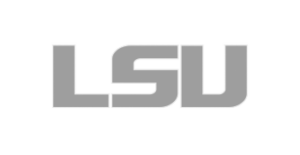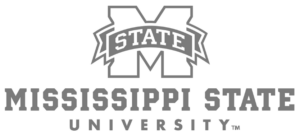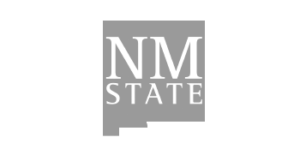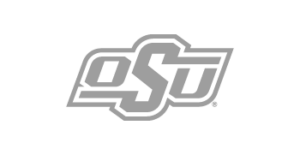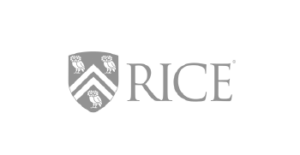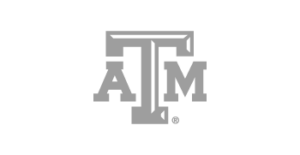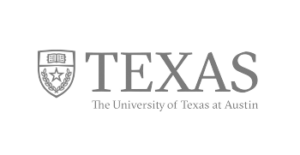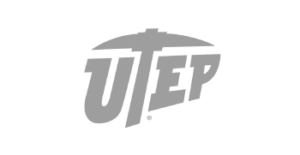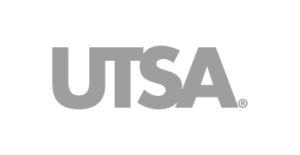Harvard Business Review
By Greg Satell
When Subra Suresh was tapped to lead the National Science Foundation (NSF), in 2010, he saw that many of the pathbreaking discoveries developed through the agency’s grants weren’t finding their way to the marketplace, so he sought to foster better links between government and industry.
This, of course, was not an entirely new idea. Over the years, there have been numerous efforts, ranging from the Bayh-Dole Act, of 1980, to numerous initiatives to revamp technology transfer offices within government agencies, but nothing really seemed able to speed new discoveries out of the labs and into the marketplace.
This time, Suresh and his team decided that instead of reorganizing how things worked inside the NSF, they would help scientists become entrepreneurs themselves, using a model that had already worked wonders in Silicon Valley. The result, a program called I-Corps, is helping hundreds of scientists become successful entrepreneurs.
An Idea Takes Shape
Errol Arkilic always knew he wanted to be an entrepreneur, but he took an unconventional path to starting companies. Rather than launching a startup in his garage, he got a PhD in the emerging field of microelectromechanical systems at MIT. He then spent six years starting companies in Silicon Valley before joining the NSF when Suresh asked him to run I-Corps. Arkilic immediately saw that changes would have to be made to the program’s initial vision.
“The original idea was to get academics and industry types into a room, and then the ‘magic will happen,’ and I never thought that was going to work,” he told me. “I had a front-row seat to over 400 commercialization projects, and the common cause for failure was that people were creating solutions for problems that nobody cared about. That’s what we needed to change.”
Arkilic had been reading Steve Blank’s blog, as well as his book, The Four Steps to the Epiphany, which would later spawn the lean startup movement. So he decided to call Steve to see whether he would be willing to help apply his principles to the work done at NSF. Much to Arkilic’s surprise, he found Steve intensely interested in the idea.
They designed an eight-week course to teach graduate students about Steve’s methods. Graduate students would serve as entrepreneurial leads and would go through the course with their professors and a business mentor. Later, they would partner with VentureWell, a nonprofit that focuses on accelerating innovation.
Now there was a plan in place. The only thing left was to see whether it would actually work.
From Product Development to Customer Development
One of the core tenets of Steve Blank’s philosophy is that startup founders always begin with a flawed idea, so the key to success is to identify the flaws and fix them before you run out of money. That’s why he advises founders to go out and talk to customers before they start building a product that, they might find out later, no one wants to buy.
This harsh reality hit home for Adam Tilton of Rithmio on his very first day in the I-Corps program. As a graduate student in the prestigious Coordinated Science Laboratory at the University of Illinois, he had developed control system algorithms for things like missiles and satellites that significantly outperformed the current technology.
He was certain his work had great business potential. So he worked hard to prepare his first presentation to the I-Corps panel, and then practiced and honed it for a week. He fully expected to wow everyone in the room with the sophisticated solutions he had spent years designing. Surely, they would see they had a winner on their hands.
Unfortunately, the panel was not impressed. It was a rude awakening. “They were like, ‘You’re not in the lab anymore. This is Silicon Valley. Go out and interview 10 companies in this space before tomorrow and tell us if they really have any interest in buying this software,’” Tilton told me.
The Pivot
After that less than auspicious beginning, Tilton and his professor, Prashant Mehta, began working their network of military contractors to find people who were willing to listen to their idea and give them feedback. They worked at a furious pace, conducting 350 interviews over the course of eight weeks, but couldn’t find anyone interested in it.
“In our very naive early entrepreneurship days, we thought we were going to be able to sell math,” Tilton remembers. “But people would look at the algorithms we developed and say, ‘Great, come work for us.’ That’s not what we had in mind.” It slowly dawned on the pair that they would have to come up with another avenue to market their technology.
The turning point came when they saw an announcement for the MotionTracking Developers Conference that was being held in San Francisco. Having no other ideas, they bought tickets to attend. It would prove to be an amazingly wise investment.
As luck would have it, wearable technology was just heating up, and the two immediately saw how their algorithms could help create wearable products that were vastly superior to what they saw at the conference. They started work on their new idea as soon as they got on the plane. By the time the flight landed in Chicago, they had already built a simulation of their product on Tilton’s laptop.
Turning a Minimum Viable Product into an Actual Product
Another pillar of Blank’s method is the minimum viable product. Unlike a traditional prototype, the idea is to build something you can use to test your hypothesis, rather than a fully featured version. Tilton was able to build one for his wearable product in three weeks. It wasn’t something he could go to market with, but it was good enough to show potential customers.
That allowed him to learn even more about what the market was demanding from wearables. He flew to New York to attend the Wearable Tech Expo and asked questions about who bought wearables, how the sales cycle worked, and what technical specifications he would need to achieve with regard to power consumption, accuracy, and robustness. Each insight led to a better product.
That spring Rithmio won the COZAD New Venture Competition, and on the strength of that was able to secure $650,000 in angel financing. Later it received an additional $3 million in seed funding from blue-chip investors such as Intel Capital and KGC. What was once a misguided idea that nobody was interested in is now a full-fledged company.
Rithmio is just one example of I-Corps’ success. Opus 12, a cleantech company, won Fortune’s startup competition, while Zephyrus Biosciences was recently acquired by Bio-Techne. There are countless others, many of which would have never gotten off the ground without the program.
The Future of I-Corps
Today I-Corps is running at full steam. According to VentureWell, as of May 2016 the program has trained over 700 teams, which have raised more than $80 million from venture funding, government grants, and other sources. 81% of the entrepreneur teams are still active 13–21 months after taking the course. Those are impressive results.
Building on this success, the program has grown beyond the NSF, to similar programs at other agencies, such as the NIH, the Department of Energy, and the Department of Defense, as well as other countries, such as Australia and Singapore. Clearly, the model is catching on.
Another interesting aspect of the program is that almost 90% of participants say it changed their approach to the way they do science, with respect to the types of experiments they perform, how they write grant proposals, and how they prepare papers for publication. As Tilton told me, “Innovation Corps changed my life.”
And I think that underlines something we often miss about the lean startup movement. It’s not just a series of techniques and tricks. It’s a fundamentally different way of thinking that can help anyone launch a new product or venture, whether it is someone tinkering in a garage somewhere, a group of executives at a major corporation, or a scientist with a fundamentally new discovery.
